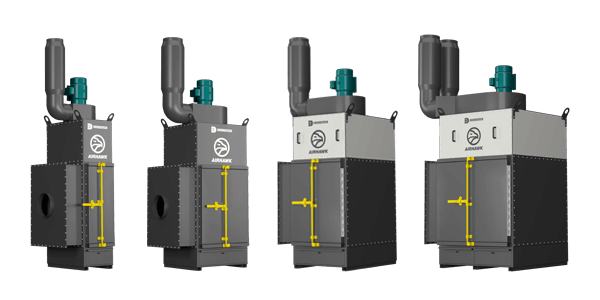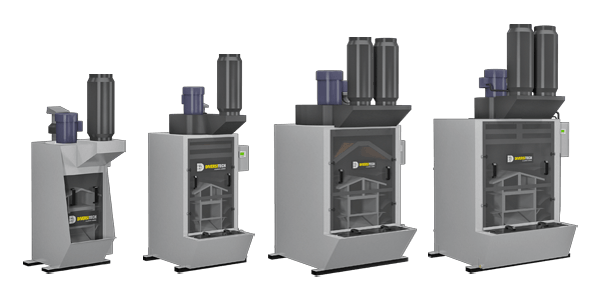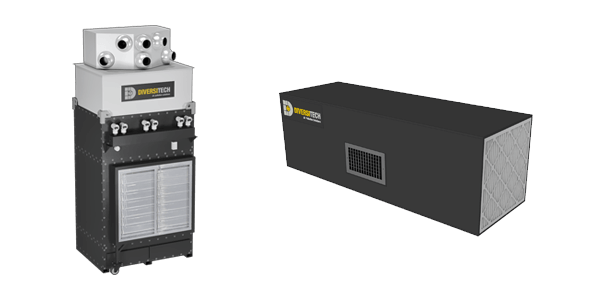A hard, lightweight and extremely versatile polymer, PVC is one of the most commonly used and produced plastic material. Highly toxic to humans, PVC contains a number of chemicals that pose serious health risks. The phthalates, dioxins and chlorine found in PVC can negatively impact worker health. Inhaled over time, chlorine can damage the lungs. Phthalates are endocrine disruptors and can interfere with healthy hormone production. Dioxins on the other hand are known carcinogens.
Other conditions caused by inhaling or ingesting PVC include:
- Coughing, wheezing and breathlessness
- Headaches
- Ataxia
- Drowsiness
- Coma
- Nausea or vomiting
- Diarrhea
- Abdominal pain
- Hematemesis
A derivative of the toxic chemical benzene, styrene is a volatile organic compound (VOC). Exposure to styrene can negatively affect the lungs and ears. Even at low doses, styrene can irritate the respiratory tract. With long-term exposure, it can be toxic to the brain and nervous system and cause conditions such as:
- Bronchitis
- Obstructive pulmonary changes
- Increased risk of hearing loss (when combined with high noise levels in the workplace)
Other dangerous byproducts of the plastic industry include: butane fume, hydrogen chloride, formaldehyde, acrolein and acetone. Exposure to these chemicals on a regular basis can irritate the respiratory tract and even lead to cancer.
Many plastic dusts are also combustible. To protect worker welfare and industrial property, employers need to implement engineered controls for the safe capture of explosible dusts. Installing a high performing wet dust collector or wet downdraft booth is a company’s best bet in controlling combustibles.
Eyewear
The eyewear industry manufactures accessories worn over the eyes to correct vision or to protect eyes from harmful light or debris. A 100 billion dollar industry globally, the eyewear sector is projected to reach around $182 billion USD by the end of 2023. Fueled by longer life spans, an increased ageing population, as well as new fashion trends featuring eyewear, the industry continues to grow rapidly.



